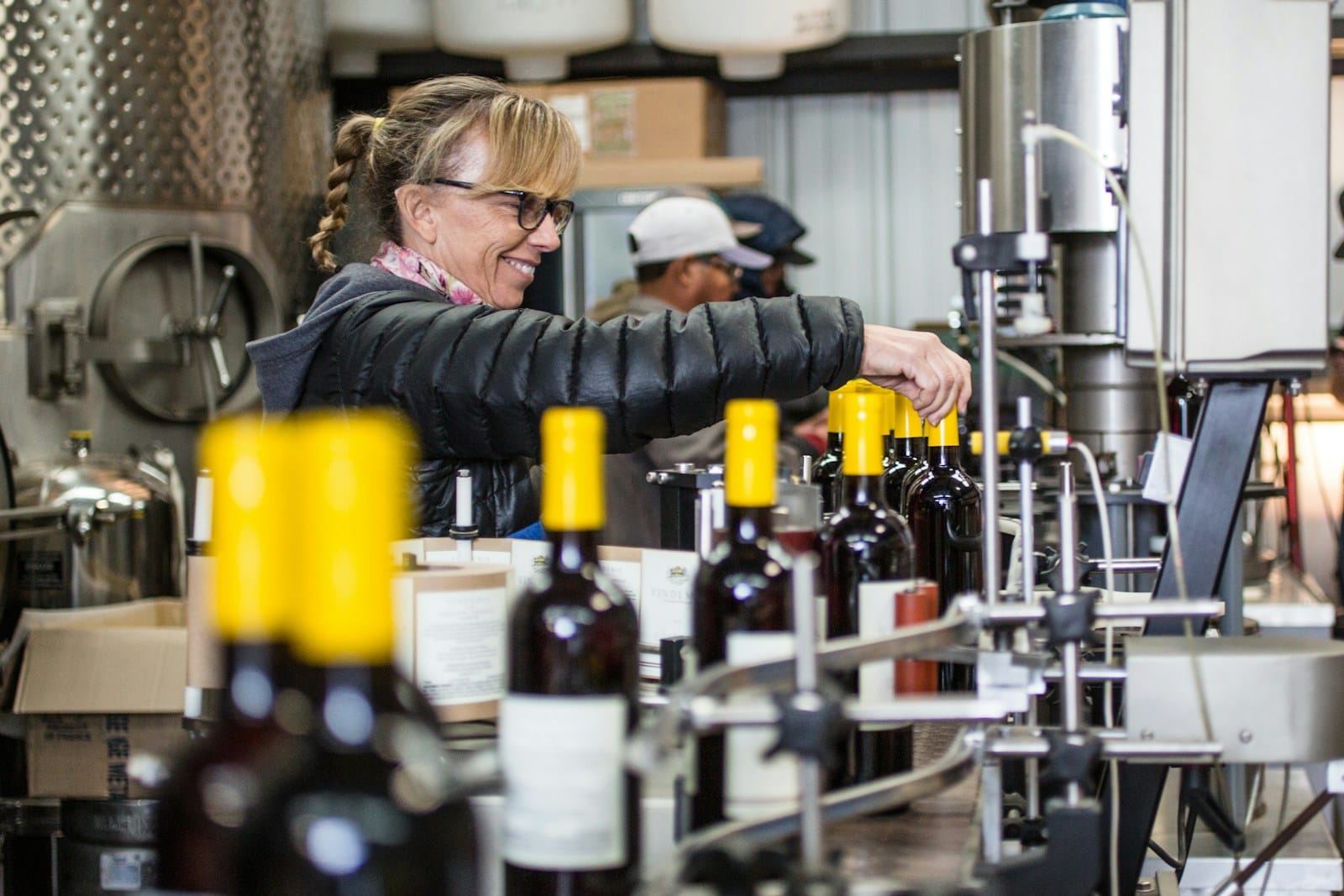What Winemakers Must Do to Survive and Thrive in the Digital Age

The wine industry, with its rich heritage and cultural significance, stands at a crossroads. Post pandemic, shifting consumer behaviours and increasing emphasis on sustainability, winemakers must adapt to not only survive but also to thrive in an evolving market. We explored recent trends and expert insights to provide strategic recommendations for winemakers.
Wine in the Digital Age and E-commerce
Post Covid-19 pandemic lifestyle has accelerated the shift towards online shopping, significantly impacting the wine industry. With Americans ordering around 8.39 million cases of wine, valued at approximately $3.7 billion in 2020, marking a 27% increase from the previous year, it’s clear that winemakers should build strong e-commerce platforms. Providing a smooth online experience for customers is vital, with digital marketing strategies such as engaging on social media platforms and email marketing being some of the tools to harness in driving this traffic.
Maintaining Cultural Relevance and Establishing Consumer Connection
Wine’s cultural richness makes it more than just a drink—it’s a narrative unto itself, a link that binds consumers to the very communities that cultivate and refine the grapes. Winemakers should utilize this narrative by strengthening connections with consumers. This could be through virtual tastings, skilfully narrating their stories, or putting a spotlight on the people who contribute to every bottle’s journey. Forming personal connections in the new world of wine is critical, and winemakers should be ready to devote attention and resources into building these relationships.
Government Aid and Industry Collaboration
With the federal government rolling out significant support for the wine industry in the form of direct, non-repayable funding amounting to $166 million over two years, winemakers should be proactive in tapping into these opportunities. Furthermore, collaboration within the industry can lead to shared resources and collective marketing efforts, amplifying the influence and impact of individual wineries.
Diversification and Innovation
The evolving wine industry pushes particularly the smaller brands to innovate and diversify to boost revenue and speed up growth. This may involve exploring new wine varieties, adopting advanced production techniques, or venturing into novel markets. Diversification of product offerings, such as introducing wine-based cocktails or non-alcoholic alternatives, can pique the interest of a broader consumer base.
Sustainability as a Core Focus
More than ever, sustainability plays a key role in consumers’ decisions, with 71% of US wine drinkers giving preference to sustainably produced wines. Hence, wineries focusing on sustainability are setting new norms. Winemakers must incorporate sustainable practices throughout their operations, from vineyard management to packaging and logistics, and communicate these initiatives effectively to their consumers.
The Bottom Line
The wine industry is undergoing significant shifts due to external pressures and evolving consumer tastes. To weather these challenges and prosper, winemakers must accept and excel at e-commerce, maintain wine’s cultural relevance, seek government aid, collaborate with fellow industry members, innovate, diversify offerings, and prioritize sustainability. Adopting the relevant strategies, winemakers can secure their future in this competitive industry.
Do you want to share your story and inspire our readers ? Know that YOUR EXPERTISE is paving the way for a brighter, happier future.




